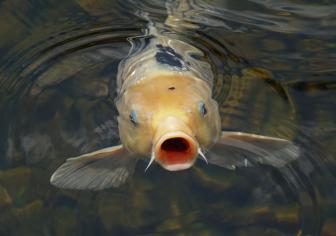Business Trends
Shooting From The Heart
| Whether you are just starting
your photography career or ready to give it a boost, consider working
with nonprofit organizations. It is the best opportunity for creative
and cost effective self-promotion you can find today. Why? One of the
greatest challenges to starting and maintaining successful self-promotion
is creating passionate and emotional images to sell your work. Even
photo veterans find themselves continually looking for ways to gain
access to people and places in order to make great images. Access is
the key. Finding access to make images you are passionate about can
be best done by finding a group who needs your images as much as you
need them. |















































